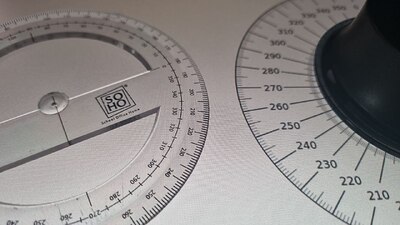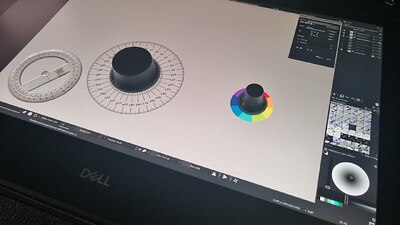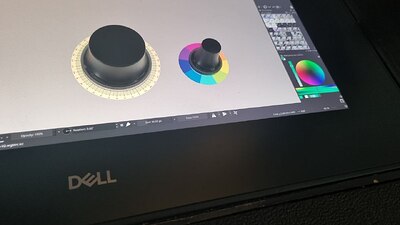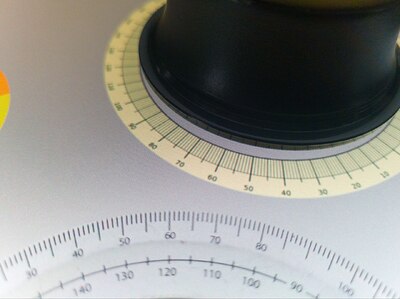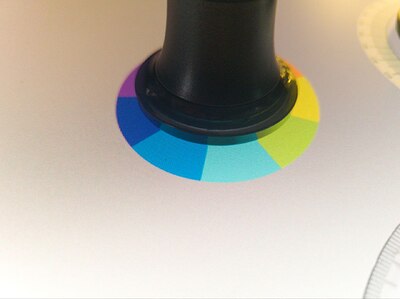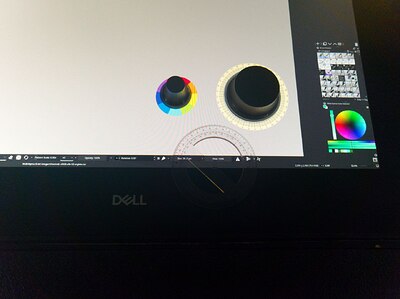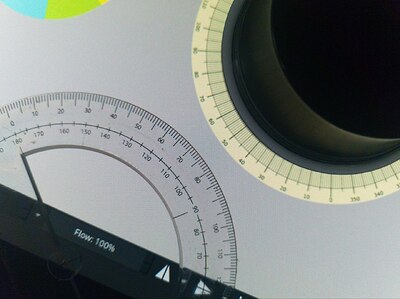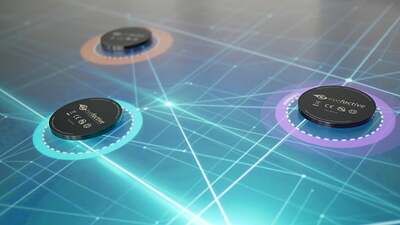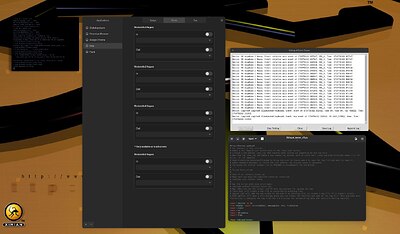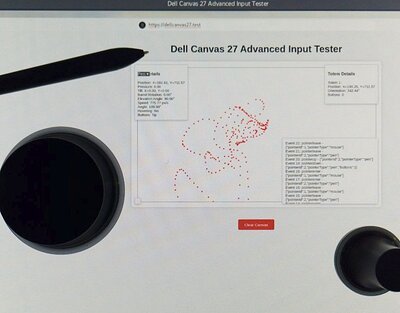I have been using the Dell Canvas 27" with Krita for the last 6 years getting to terms with finding my own unique workflow. Learning the tools , and finding a keyboard layout that is easy for me building muscle memory and designing your own procces of getting things done is the key to personal growth and succes.
" People are different from one another. That’s what makes the world good.
That’s what makes the world great.
Neal Adams "
And finally with the help AI-tools (Websim.ai, Claude 3.5 Sonnet & Merlin) to program en find the specific hardware inputs and how to read them out pipe the events to parameters within the Python Plugin structure. Using ai as a tool instead of compensating for proper knowledge about the things that makes you want to make art is where … atleast for me the focus should be .
Krita has some wonderfull assistents, stabilisors and such. There are only two kind of people those who do and those who talk
I was able find ways to make these devices work under Krita!
Still figuring things out and also how these can be used within the the workflow
But here are some pictures of what I have been working on the last couple of months
** these might work for the Microsoft-Dial too but since I don’t use windows …
I opted for a full Open source solution using only GNU/Libre software
These work under linux to be precise I am running Debian 12 Bookworm with Gnome and several gesture enhanced plugins. Took alot of time and errors a few re-installs and even starting over from scratch.
But in the end it is a fast and inntuite way of working Gnome is my goto D.E (Desktop Enviroment)
as it is more optimized for a touch and go experience.
Using
Nemo ( with Thunar-Bulk Rename)
Gthumb for excellent image managment and Feh for quick file browsing
Beeref , making Study and Reference Sheets
MuPdf opening Pdf’s and Artbooks
Document Viewer
…
On the left the cheap proctractor that was the inspirationto pursue this project
In this image trying to get the dimensions of the tool right in comparison with the screen
…
…
…
…
the Canvas is built in to an piece of 60 mm. board of Mdf with a edge where it lies flat in the table similar like the traditional drawing on paper and it allow me to draw from the shoulder instead of from the wrist. using a finger grip instead of resting on the knuckles allows me to take advantage of the barrel rotation. If you have crapped up fingers or a sour body after some hours go check Neal Adams online about how to hold a pencil . Amazing insights and invaluable advise . The man knows what he is talking about
…
some ideas I have to expand or modify the layout and the usage for perhas some usable tools to add to the Krita arenal of already killer specs.
